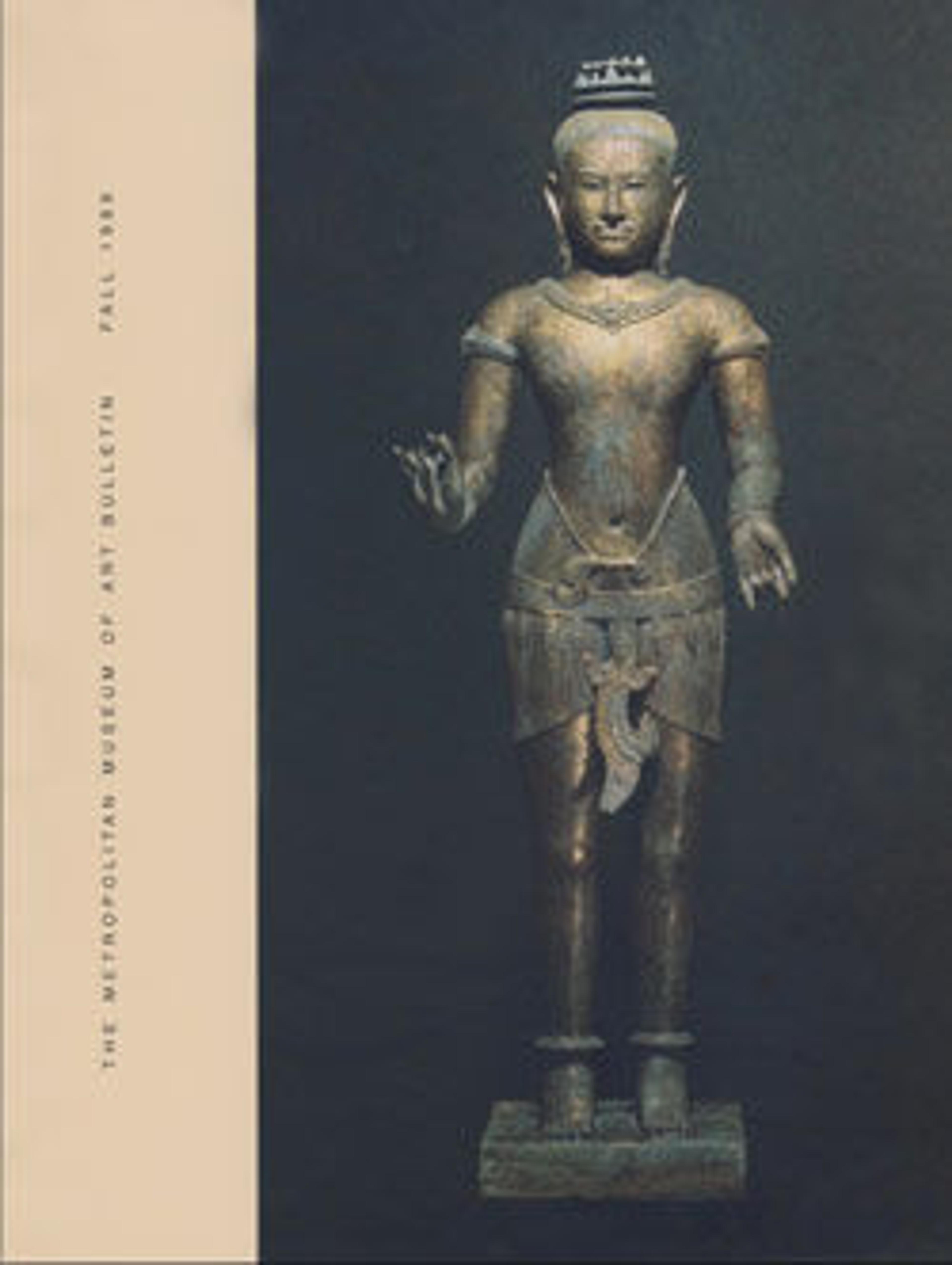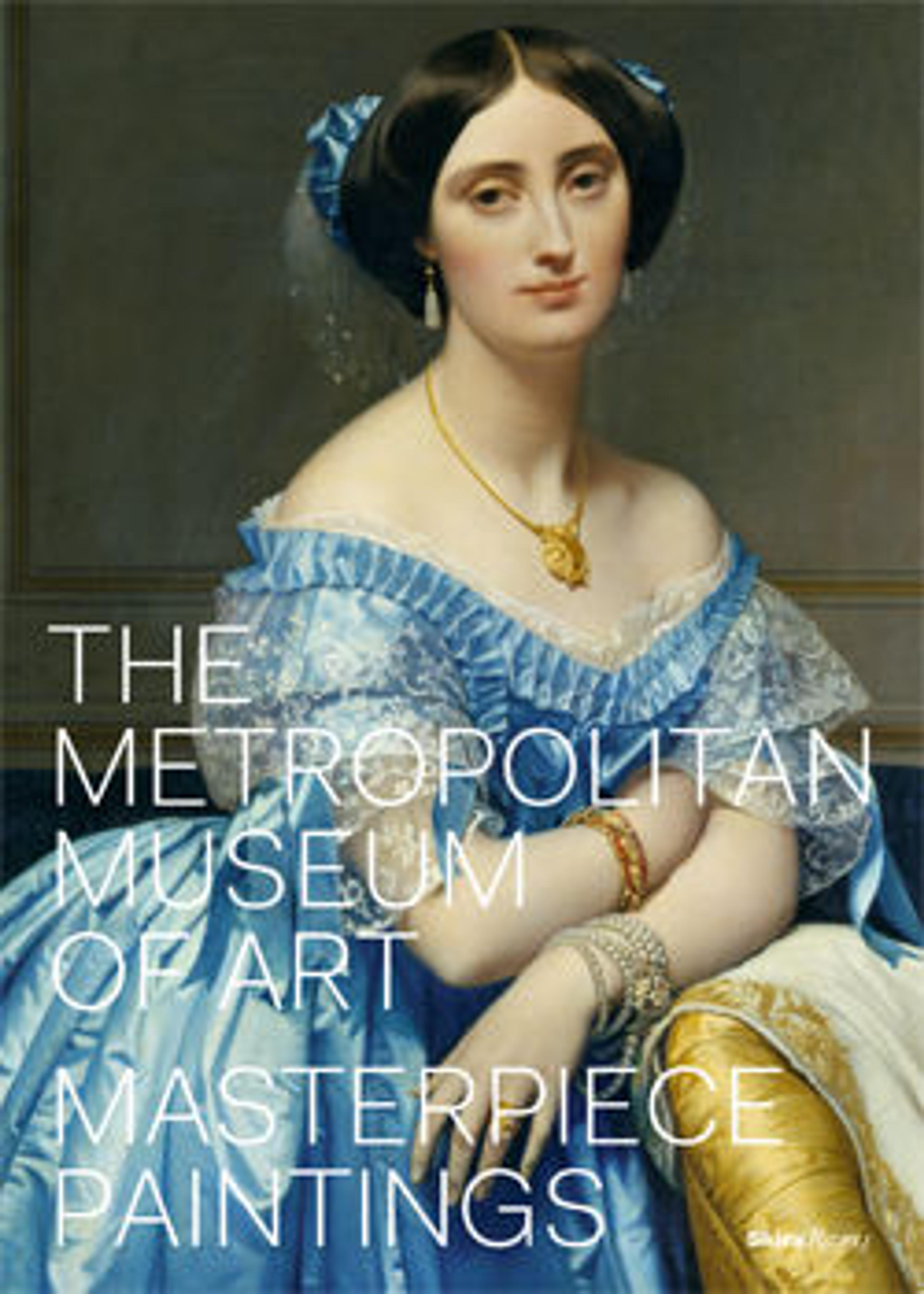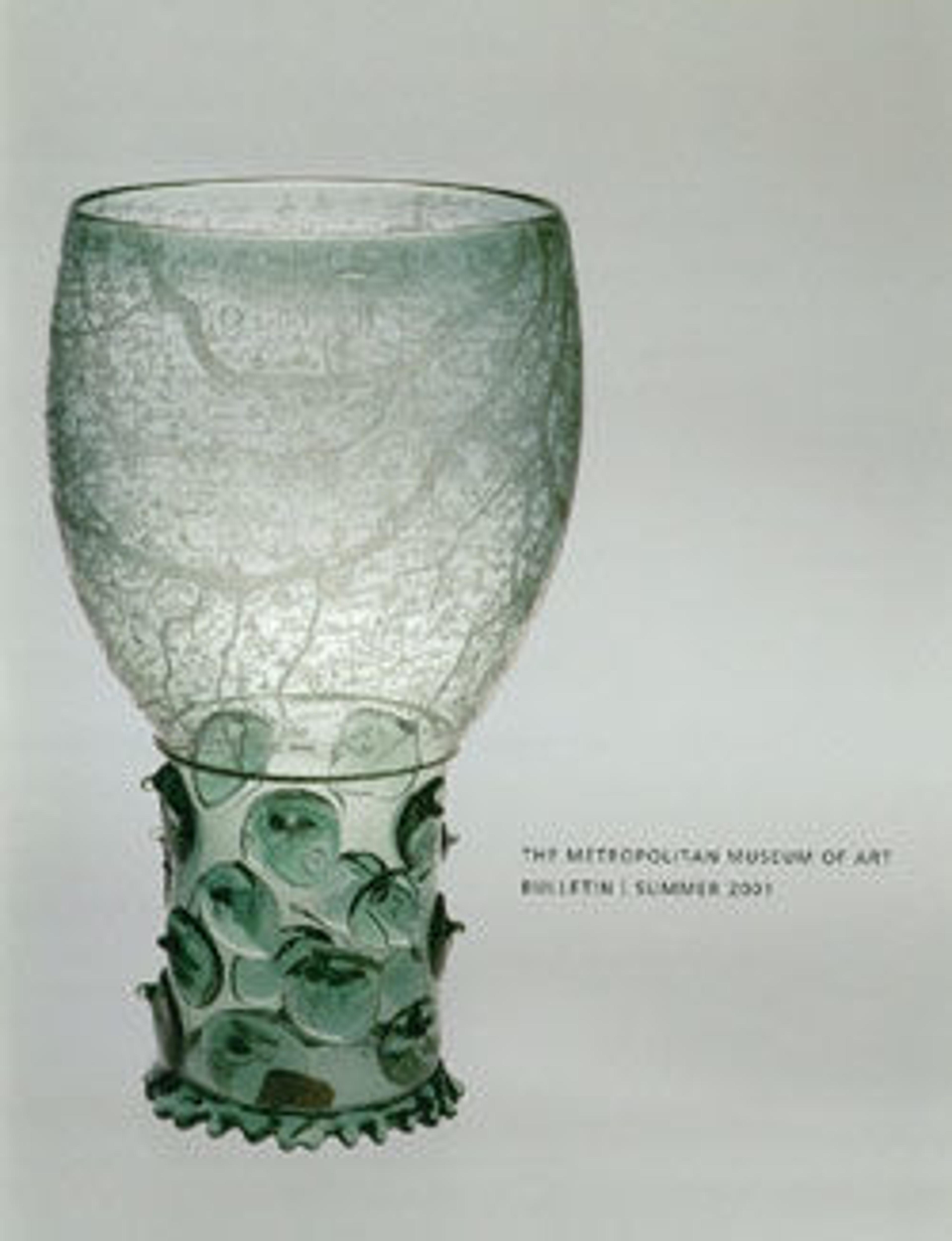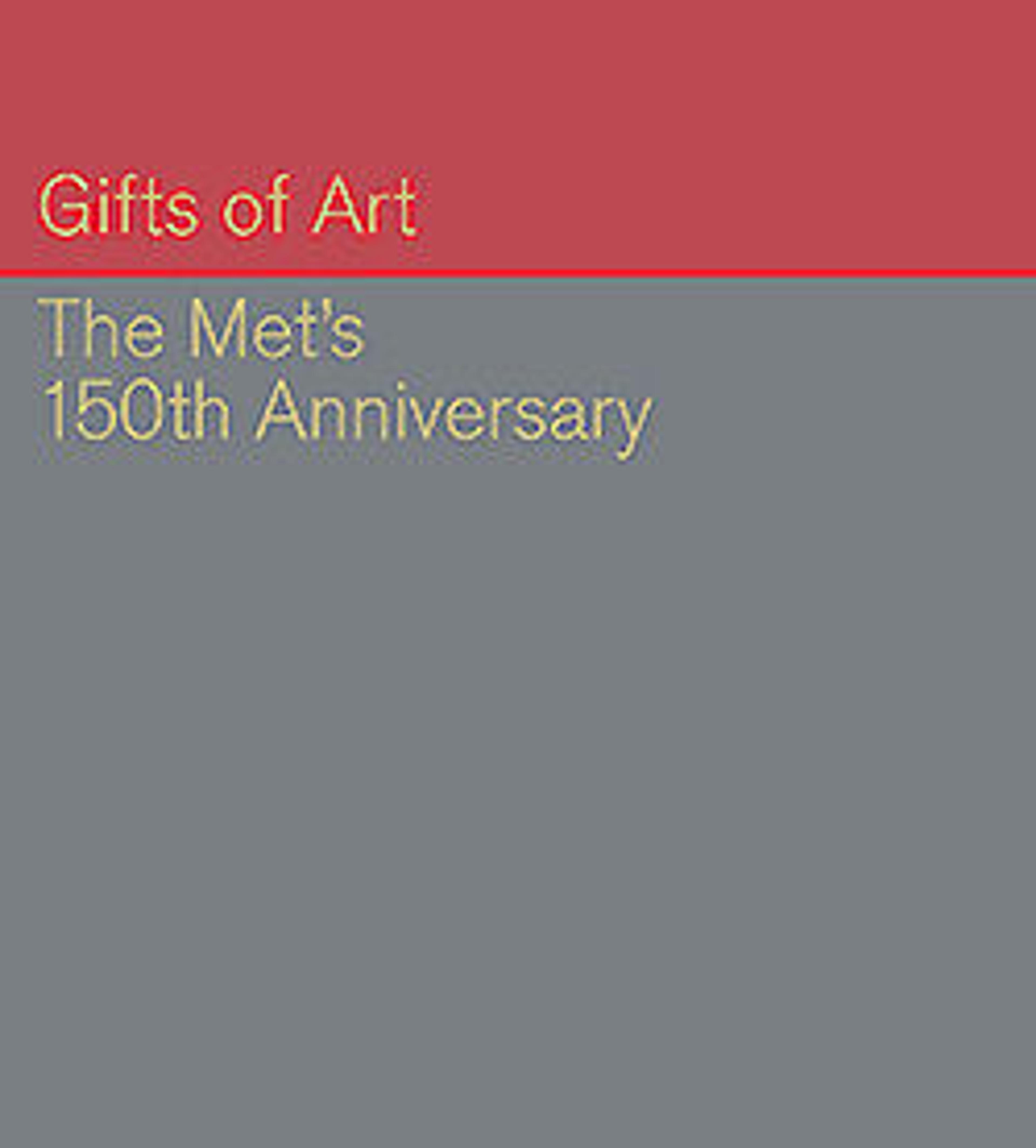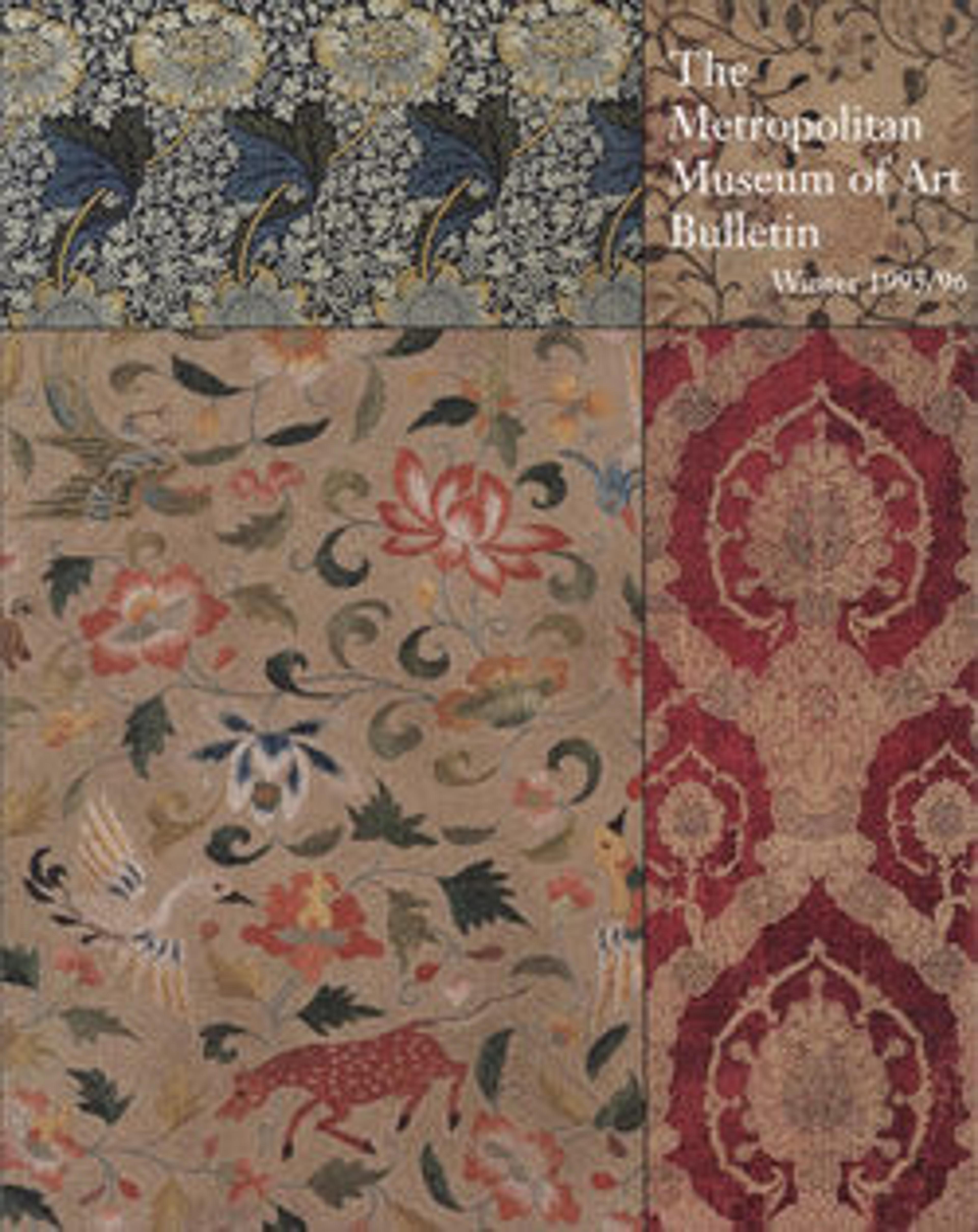
"Textiles in The Metropolitan Museum of Art"
Jane Adlin
Kathleen Bickford
Barbara Drake Boehm
Barbara Drake Boehm curated the exhibitions (2016–2017), (2011–2012), (2005–2006), and (1996). She contributed to the exhibitions L'Art du Jeu (2012–2013) at the Musée de Cluny, Paris, and Treasures of Heaven (2010–2011) (Cleveland, Baltimore, London). A graduate of Wellesley College, Boehm directed the Curatorial Studies program administered with the Institute of Fine Arts, from which she received her PhD.
Met Articles by Barbara Drake Boehm
Met Publications by Barbara Drake Boehm
Thomas P. Campbell
Thomas P. Campbell was formerly the director and CEO of The Metropolitan Museum of Art.
Joyce Denney
Helen C. Evans
Helen C. Evans oversaw the installation of the Mary and Michael Galleries of Byzantine Art, the first galleries of Byzantine art in a major encyclopedic museum. Her groundbreaking exhibitions include (1997), (2004), (2012), and (2018). She is a former head of The Met’s Forum of Curators, Conservators and Research Scientists and a Fellow of the Medieval Academy of America. She is a past President of both the International Center of Medieval Art (ICMA) and the Association of Art Museum Curators (AAMC). In 2020, the Armenian General Benevolent Union established the Helen C. Evans Scholarship for students studying Armenian art, art history, and the early church.
Met Articles by Helen C. Evans
Met Publications by Helen C. Evans
Barbara Brennan Ford
Michael Gunn
Prudence Oliver Harper
Marsha Hill
Marsha is an art historian and Egyptologist with an MA and PhD from the Institute of Fine Arts. She specializes in ancient Egyptian sculpture, with particular interests in metal sculpture and donation practices, art and culture of the first millennium BCE, and sculpture from Tell el-Amarna, where she is a member of the field expedition. She curated Gifts for the Gods: Images from Ancient Egyptian Temples in 2007–08, was the lead curator of the 2016 installation of the Ptolemaic Galleries, has worked on many department exhibitions and installations, and has taught frequently. Currently she is working on a book on excavated sculpture from Amarna, and on a collection of studies in metal sculpture.
Academia.edu: Publications by Marsha Hill
Met Publications: Selected publications by Marsha Hill
Julie Jones
Heidi King
Amelia Peck
Amelia Peck graduated from Brown University, and received an MS in Historic Preservation from Columbia University. Her areas of expertise include American textiles and period rooms. In her more than 40 years at The Met, she has curated numerous exhibitions and installations, and has been the author or general editor of many publications, including Interwoven Globe: The Worldwide Textile Trade, 1500–1800 (2013). Since 2010, she has also been responsible for new research on the history of the American Wing’s period rooms that has been published on the Museum’s website; it also appears on the period-room interactive computers.
MetPublications: Selected Publications by Amelia Peck
Met Articles: Articles by Amelia Peck
Stuart W. Pyhrr
Stuart W. Pyhrr began his career at The Met in 1971 while pursuing his graduate studies at New York University’s Institute of Fine Arts. He became assistant curator in 1977, associate curator in 1982, and curator and department head in 1988. From 1988 to 1991, he supervised the redesign of the department’s galleries. Stuart has organized numerous special exhibitions and is the author of nearly one hundred scholarly articles. Approximately four hundred notable examples of the armorer’s art were added to The Met collection during his tenure as department head from 1988 to 2013.
Catharine H. Roehrig
Catharine H. Roehrig holds a PhD in Egyptian Archaeology from the University of California, Berkeley. While at Berkeley, she was the assistant director of the Theban Mapping Project, which led her to develop a keen interest in the architecture of New Kingdom royal tombs, a subject on which she has written extensively. Catharine worked on the exhibition Mummies & Magic: The Funerary Arts of Ancient Egypt (1988) at the Museum of Fine Arts, Boston. At The Met, she has worked on numerous exhibitions and gallery installations; co-curated The Pharaoh's Photographer (2001); and curated Egyptian Art at Eton College: Selections from the Myers Museum (2000) and Hatshepsut: From Queen to Pharaoh (2005–06).
Roehrig, Catharine H. “The Foundation Deposits of Hatshepsut's Mortuary Temple at Deir el-Bahri.” In Creativity and Innovation in the Reign of Hatshepsut (Studies in Ancient Oriental Civilization 69), edited by José M. Gálán, Betsy M. Bryan, and Peter F. Dorman, 139–55. Chicago: The Oriental Institute of the University of Chicago, 2014.
———. “Forgotten treasures: Tausret as seen in her monuments.” In Tausret: Forgotten Queen and Pharaoh of Egypt, edited by Richard H. Wilkinson, 48–66. Oxford: Oxford University Press, 2012.
MetPublications: Selected publications by Catharine H. Roehrig
Daniel S. Walker
James C. Y. Watt
Linda Wolk-Simon
Alice M. Zrebiec
Met Art in Publication
You May Also Like
Press the down key to skip to the last item.
